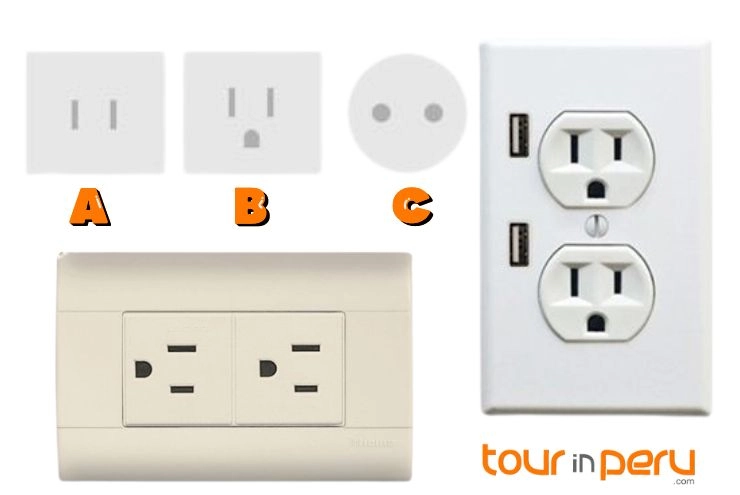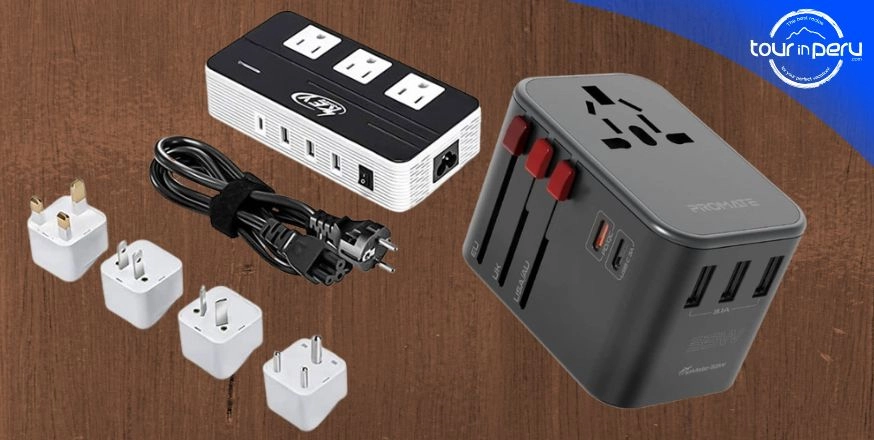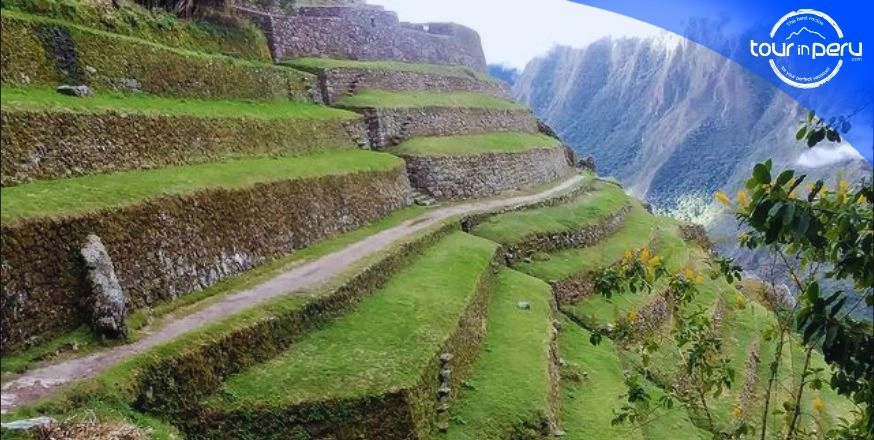Table of Contents
We want to answer one of the common questions about electricity in Peru, helping you keep your devices safe throughout your tour in Peru.
You’ll learn about whether your device can fit into Peru plugs and Outlets or whether you’ll need to come with a converter or adapter.
Outlets in Peru
There are three different kinds of electrical outlets in Peru. They’re the Type A, type B, and type C.
-
- Type A supports a flat parallel two-prong plug, and type B supports a pronged plug. Type A and B are the same as the ones in countries like the United States.
- Type C supports a circular two-prong plug. In addition, there are also some hybrid outlets for Type A and C. This outlet supports circular and flat two-prong plugs.

Do I need to come with an adapter or a converter?
The standard voltage in Peru is 220V, so tourists should come with a converter for 110-volt devices. Peru uses the same two-pronged flat plugs as the ones in the United States: three-pronged and two-pronged circular types.
You may need an adapter, depending on what type of device you use. Although hotels in Peru have different suitable outlets, we suggest you come with an adapter in case of an unplanned situation. An adapter is key if you’re visiting Peru from Europe or other parts of the world.
If you forgot to get an adapter before your trip, get one in Peru or at the airport near your hotel. Adapters are cheap in Peru; some come with multiple USB outlets to charge more than one device.
Keep in mind that an adapter is different from a converter. Adapters let him plug your device into a third-party outlet without converting the electricity voltage. Continue reading this article to learn more about converters.
Voltage in Peru
Peru’s electricity is provided at 220V, the same as in Europe but different from Canada and the United States, which provide 110-$120 volts.
Fortunately, your foreign personal electronics can still run on 110V and 220V. These multiple-voltage devices include tablets, cell phones, and Camera chargers. Appliances like hair dryers may be limited to any of these two.
The appliance’s voltage level is indicated on its power label, and it’s recommended to go within the manufacturer’s voltage guidelines. Plugging a 120V hairdryer into a 220V power supply can cause a few sparks or even smoking.
Avoid these dangerous practices and prevent your 100V appliances from such occurrences using the help of a voltage converter. We suggest you buy two-in-one travel converters and adapters before traveling to Peru.
To help you confirm if your device is compatible with both types of voltage, kindly use this article to understand where the input limitation on your charger is located.
Electrical surges and power outages in Peru
Are power outages common in Peru? This depends on where you are in the country.
Electricity is steady in Lima. Although power outages may occur occasionally, they’re usually planned for maintenance. Most top hotels in Lima’s tourist-friendly areas use backup generators, so If the light stays on, there’s a power outage; power outages are only common in more remote areas of Peru. It is usually common in Cusco during the wet season, which is affected by heavy rains which damage power lines.
Electrical surges may occur occasionally after a power outage. Protect your devices using an adapter or converter with a built-in surge protector, regardless of where you are in Peru. Be sure to check your electronics before embarking on your trip. Planning with the appropriate accessories pays off.
At TOUR IN PERU, our team of travel experts is happy to customize your vacation and answer any questions about electrical devices in Peru—contact Tour in Peru today.








